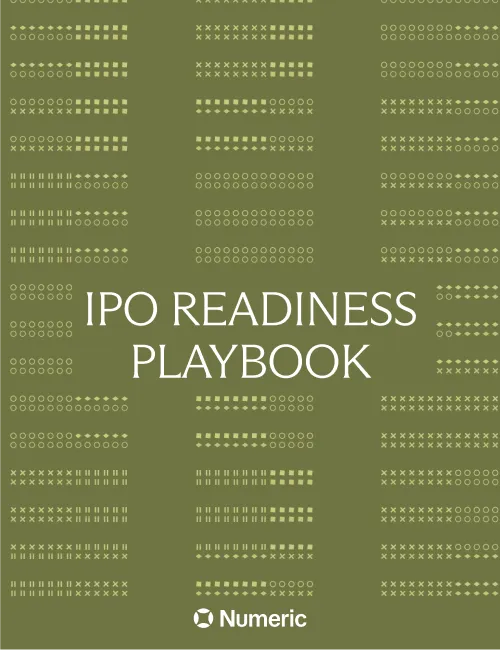Noncurrent Assets
Noncurrent assets, encompassing tangible and intangible long-term resources such as property, machinery, intellectual property, and long-term investments, play a crucial role in a company's strategic growth and stability.
In the world of accounting and finance, noncurrent assets stand as significant contributors to a company's long-term growth and sustainability. This blog post explores the concept of noncurrent assets, their classifications, importance, and the strategic insights they provide for businesses.
What are Noncurrent Assets?
Noncurrent assets, also known as long-term assets, are assets that a company expects to use or benefit from for more than one year. Unlike current assets, they are not readily convertible to cash and are utilized for the long-term functioning of the business.
Types of Noncurrent Assets
- Property, Plant, and Equipment (PPE): These include buildings, machinery, vehicles, and other tangible assets used in operations.
- Intangible Assets: Intellectual property such as patents, trademarks, copyrights, and goodwill.
- Long-Term Investments: Investments in other companies or bonds that mature in more than one year.
- Deferred Tax Assets: Future tax benefits resulting from current transactions or events.
Importance of Noncurrent Assets
- Long-Term Value Creation: Noncurrent assets contribute to the long-term growth and competitive advantage of a company.
- Asset Utilization Insight: The management of noncurrent assets provides insights into efficiency and strategic alignment with business goals.
- Financial Health Indicator: The proportion and quality of noncurrent assets indicate the long-term stability and financial health of a company.
Managing Noncurrent Assets
- Regular Valuation: Periodic valuation and depreciation or amortization are essential for accurate financial reporting.
- Strategic Alignment: Ensuring that noncurrent assets align with long-term business strategies and goals.
- Risk Management: Understanding and mitigating the risks associated with obsolescence, impairment, or changes in regulatory landscapes.
Challenges in Managing Noncurrent Assets
- Complex Valuation: Intangible assets and certain long-term investments may require complex valuation techniques.
- Regulatory Compliance: Adherence to various accounting standards and regulations.
- Impairment Risks: Assessing and recognizing the reduction in value when an asset is not recoverable.
Conclusion
Noncurrent assets form the foundation for long-term strategic growth and stability. Proper understanding, valuation, and management of these assets are pivotal in shaping a company’s future, fostering resilience, and achieving sustained success.
Whether investing in new machinery, acquiring valuable intellectual property, or maintaining existing assets, recognizing the vital role of noncurrent assets aids in aligning investments with overarching business goals. The nuanced approach to managing noncurrent assets is a testament to prudent financial stewardship, echoing an organization's commitment to excellence and longevity.


















